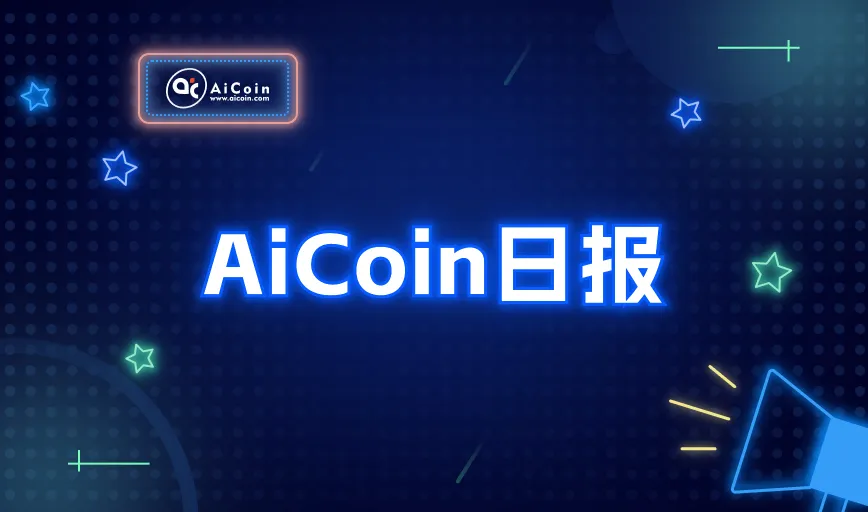Author: Liu Ye Jing Hong
[Preface]
Recently, a platform named Mystonks, which claims to be a "U.S. stock on-chain" service, has sparked widespread controversy due to the freezing of user funds. It is reported that the platform withheld a large amount of assets on the grounds of "non-compliance with user fund sources."
From a financial compliance perspective, this handling is extremely unusual. A regulated financial institution, upon identifying suspicious funds, typically refuses to accept them and returns them to the original source while submitting a report to the regulatory authorities. The platform's direct "withholding" of assets raises significant questions about its claimed "compliance."
Mystonks has consistently promoted itself as holding a U.S. MSB license and compliant in issuing STOs as its core selling points. So, what is the truth behind these so-called "compliance" qualifications? I conducted an investigation.
1. The Truth About "Compliant STOs": Filing Does Not Equal Permission, Private Placement Does Not Equal Public Offering
During the investigation, I found that Mystonks' claims are not entirely baseless. In the public database of the U.S. Securities and Exchange Commission (SEC), it is indeed possible to find the filing information for Mystonks Holding LLC.
The key points of this document (Form D) are as follows:
- Filing Type: Private placement exemption based on Regulation D 506(c).
- Issuance Target: Only "Accredited Investors."
- Issuance Scale: $575,000, with a minimum investment threshold of $50,000.
This document is precisely the crux of the issue and the most misleading aspect of the platform's promotion.
First, Form D is a notification filing, not an operating license. It merely indicates that the company has informed the SEC of a private placement issuance; the SEC only archives it and does not represent any review or endorsement of the company's qualifications or the authenticity of the project.
Second, and most importantly, this filing strictly limits the issuance target. Regulation D is designed for private placement exemptions aimed at a small number of qualified wealthy individuals or institutional investors (i.e., "Accredited Investors"). However, Mystonks, as a trading platform open to the public, clearly has the vast majority of its users who do not meet this standard.
Therefore, Mystonks' actions can be understood as: using a filing document limited to raising funds from a small number of wealthy individuals to publicly engage in securities trading activities that require strict licensing.
This practice essentially exploits ordinary investors' unfamiliarity with U.S. securities regulations to create conceptual confusion. To legally provide securities token trading services to the public, the platform needs ATS (Alternative Trading System) or Broker-Dealer licenses, which are fundamentally different from a simple Form D filing.
2. The Misuse of MSB Licenses: "Anti-Money Laundering" Filing Irrelevant to Fund Safety
After discussing the relatively complex STO, let's look at the more common promotional tool—U.S. MSB License.
Regarding the MSB license, investors need to recognize a core fact: its value and significance have been severely exaggerated by many projects in the market.
The regulatory body for MSB (Money Services Business) is FinCEN, under the U.S. Department of the Treasury, whose core responsibility is anti-money laundering (AML). In other words, FinCEN only cares whether the platform reports suspicious transactions as required to combat financial crime, but it is not responsible for ensuring the safety of user funds, reviewing the platform's business model, or assessing its technical capabilities.
More importantly, the application threshold for MSB is extremely low; it can be easily registered through intermediaries overseas, even without establishing a physical office in the U.S. This makes it a preferred tool for many projects to quickly and cheaply "package" their compliance image.
When a platform primarily serving non-U.S. users repeatedly emphasizes its MSB license, investors need to understand that this is more of a marketing strategy rather than proof of strong financial strength.
Conclusion: Understanding the "Compliance" Tactics of Certain Platforms Through Mystonks
The case of Mystonks is not an isolated incident; it clearly reveals a type of platform's common "compliance" packaging tactics in the gray area. Looking at the market, many exchanges and financial platforms are reusing similar scripts, and investors need to establish a clear understanding of this.
The typical tactics of such platforms can be summarized as follows:
- Step One: Use the MSB License as a "Door Opener" for Marketing. Leverage its "official U.S." background and extremely low acquisition cost to quickly establish a basic, seemingly reliable image.
- Step Two: Misinterpret Securities Filings through "Concept Substitution." Package a limited, strictly conditioned filing document (such as a private placement filing) as a comprehensive operating license that can provide services to the public, using information asymmetry for deep misguidance.
- Step Three: Utilize Regional and Legal Differences for "Targeted Marketing." They are well aware that their business cannot operate domestically in the U.S., so they focus on overseas users unfamiliar with U.S. regulations, creating a situation where "flowers bloom inside the wall, while the fragrance wafts outside."
As investors, we should learn from these tactics. When assessing whether a platform is truly compliant, please remember two basic principles:
- True compliance is expensive and tangible. It entails high licensing application fees, deposits, physical office rents, and local legal team expenses. Those easily obtained, intangible "compliance" credentials are inevitably of low value.
- True compliance is transparent and specific. It dares to clearly disclose its license types, numbers, regulatory scope, and restrictions. Any vague, broad "compliance" rhetoric often cannot withstand scrutiny.
In investment decisions, please restore the term "compliance" from a marketing buzzword to a legal fact that requires strict examination. Upholding this bottom line is the best way to protect our asset safety.
免责声明:本文章仅代表作者个人观点,不代表本平台的立场和观点。本文章仅供信息分享,不构成对任何人的任何投资建议。用户与作者之间的任何争议,与本平台无关。如网页中刊载的文章或图片涉及侵权,请提供相关的权利证明和身份证明发送邮件到support@aicoin.com,本平台相关工作人员将会进行核查。




